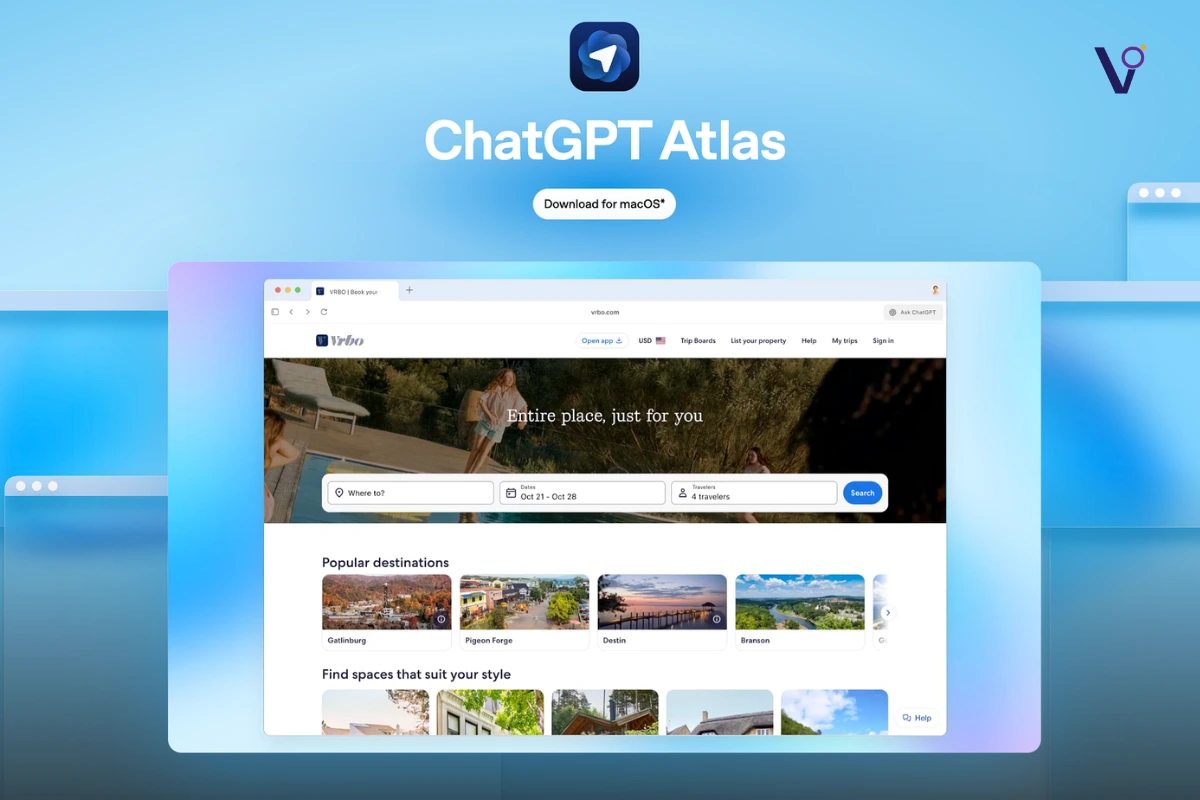It’s important for businesses and marketers to understand the pricing tricks brands use every day to get customers to spend more without even noticing. In this blog, we’re breaking down exactly how brands quietly influence purchasing decisions using psychological pricing tricks marketing.
The Sneaky Pricing Methods You Never Notice
This is how brands deceive you into purchasing more products through tricky pricing strategies:
- Perceived Discount Inflation: Let’s say a t-shirt is fifty dollars. Brands would never just say it’s ten dollars off. Instead, they make the discount look bigger by saying it’s twenty percent off.
- Phonetical Discounting: Studies show people perceive numbers with fewer syllables as smaller than numbers with more syllables. This is why certain price points seem cheaper to customers even if they aren’t.
- Decoy Pricing: Huge chains use this pricing tricks marketing all the time. Consider McDonald’s small, medium, and large fries. The price difference between medium and large is tiny on purpose. The real job of the medium fries is to make the large seem like a much better deal than it actually is.

Raising Prices the Smart Way
We’re going to tell you how to raise your prices without losing customers. It’s one of the best ways you can increase profitability in your business, make more money, pay people better, and improve customer experience. But some of the concerns are:
- what if no one purchases?
- What if your sales team loses confidence?
- What if your market won’t accept that price?
99 times out of 100, it’s just in your head and your sales team’s head. Having raised prices in different businesses, industries, and sales teams, there’s a process that works really well, and we’re here to share it with you.
Pricing Strategies with Example
Here’s an instance: If you’re trying to increase from $2K to $3K, bump your top price higher first. For example, set the new price at $4K. This is called the price anchor. This is what salespeople will mention first. Here’s what’s cool: you can offer them to pay this $4K as $2K now and $2K later.
Why this works:
- $2K is their emotional anchor, it feels familiar and safe.
- By offering a prepayment option at $3K today, you give a discount against the new anchor price.
- It lets customers feel in control by choosing either the payment split or the savings today.
Example: Moving From 4K to 5K
If you want to go from $4K to $5K, skip $5K and jump straight to $6K as your anchor. Then say, “You can pay $4K today and $2K in 30 days,” using a disproportionate split.
Why uneven splits work:
- Keeps more cash upfront.
- Easier emotionally for customers used to $2K payments.
- Tempts them with a better deal for paying a little more now.
Same thing when you’re at $6K. Offer them $4K today and $2K in 30 days or suggest paying a little extra now to settle it immediately. It’s about making the higher price feel like a better, smarter decision.
Key Takeaways To Use In Your Business
This exact process has worked over and over because it matches how people think. There are a few key takeaways to remember:
- Give them their emotional anchor. Customers and salespeople feel safest with familiar numbers.
- The anchor price isn’t your goal price. If you want $3K, talk about $4K first.
- Use a prepayment discount. This is the number you actually want them to pay.
- Create a discrepancy between upfront and later payments. Uneven splits encourage prepayment.
Scaling This to Bigger Numbers
Suppose you are increasing your prices from $10K to $12K. You could do this a couple of ways: three payments of $4K or a split like $6K upfront and two payments of $3K. More upfront increases cash flow and makes the prepayment deal more attractive.
When you do this, you’re applying the same four principles:
- Keep their home base price where they feel comfortable.
- Jump over your target price to a higher anchor.
- Offer a tempting prepayment deal.
- Make sure the extra upfront amount feels small.
Pricing Tricks Marketing: Pro Tip
Before you raise prices, always clear the pipeline. Announce your price increase in advance. It creates scarcity and urgency.
Let your team know prices go up next month or in two weeks. This motivates buyers to act fast and lets your sales team close more deals quickly. It also avoids future problems like people claiming they heard a different price.
When you announce the change, explain it: new features, more value, faster results, and more benefits, and as a result, prices need to reflect that.
Bonus benefit:
- It gives you a cashflow boost before the price change.
- Helps weather any cash dips during the adjustment period.
This is how you raise prices in a tactical, predictable way that works. This is how it’s been done successfully across different industries and sales teams. And now it’s yours to use too.
The four strategies shown include inflating perceived discounts by using percentages instead of flat amounts, using price anchoring to make higher prices feel normal, applying phonetical discounting where prices with fewer syllables feel cheaper, and using decoy pricing to push customers toward higher-value purchases.
Raise the anchor price first to make the new price feel like a better deal. For example, when increasing from 2K to 3K, introduce a 4K anchor and offer payment choices like 2K now and 2K later or a discounted 3K upfront option. This creates a smart, safe decision for the buyer.
Explain the added benefits like new features, faster service, or proven results that improve value. Announcing upcoming upgrades alongside price changes also reinforces that the new price fairly reflects improved offerings.



